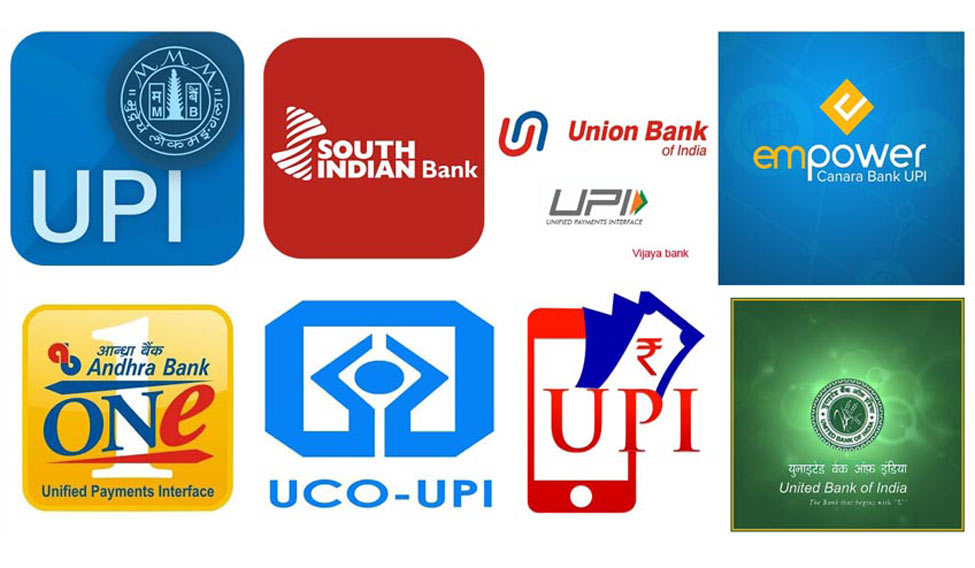Unified Payments Interface (UPI) announced a fortnight ago by the umbrella organisation for all retail payments system in India , the National Payments Corporation of India (NPCI), is now live and working with some 20-plus Indian banks rolling out their UPI apps.
This payment solution lets you o initiate the payment request from a smartphone. It lets you create a 'virtual payment address' as a payment identifier for sending and collecting money and works on single-click 2-factor authentication. It also allows for scheduling transactions for various purposes like sharing bills. One can use UPI app instead of paying cash on delivery on receipt of product from online shopping websites and can pay for miscellaneous expenses like paying utility bills, over the counter payments, barcode (scan and pay) based payments, donations, school fees and other cases. This needs the other party in the transaction to also activate UPI—and this is still slow in happening. So don't expect to use UPI in the near future except among similarly registered friends.
UPI allows a customer to have multiple virtual addresses for multiple accounts in various banks. In order to ensure privacy of customer’s data, there is no account number mapper anywhere other than the customer's own bank. This allows the customer to freely share the financial address with others. A customer can also decide to use the mobile number as the name instead of the short name for the virtual address like 1234567890@sbi.
At present, if you want to transfer money, you needs the account number and IFSC code of the receiver. Then, you will need to add the other person as a beneficiary. For credit card transfer, you need the card number. With UPI, an individual only needs make a unique virtual private address (VPA), simpler than signing up for an e-mail. If you are a bank customer, your VPA can be created like xyz@abank.
Banks which agreed to provide UPI enabled mobile app on Google Play Store include Andhra Bank, Axis Bank, Bank of Maharashtra, Bhartiya Mahila Bank, Canara Bank, Catholic Syrian Bank, DCB Bank, Federal Bank, ICICI Bank, TJSB Sahakari Bank, Oriental Bank of Commerce, Karnataka Bank, UCO Bank, Union Bank of India, United Bank of India, Punjab National Bank, South Indian Bank, Vijaya Bank and YES Bank.
We tried—and not all these bank have as yet uploaded their UPI app. Remember, there is no universal UPI app as such. Each bank will eventually offer a UPI app for its customers. So you have to see if your bank has a UPI app ready for you to use.
You need to have smartphone, install your bank's UPI mobile app and register with your mobile number. Then get a unique UPI-ID and start banking. In many ways this is like Paytm where you can transfer the money from one wallet to another using just mobile number but you don't need to deposit money afresh in a wallet.
Today, if you have HDFC mobile app like Payzapp, you can transfer the money to another person with Payzapp. If you have an ICICI app you can transfer the money to another ICICI app holder. But with UPI, a HDFC account holder can send money to any other banks UPI app holder, just through a mobile.
If you own bank is a laggard, no worries! You can start using UPI even if your bank has not yet rolled out a UPI app. How? By using a third party app like ICICI Pocket that works even for non ICICI account holders. You can pay for transactions as low as Rs 50 and up to Rs 1 lakh. You may have already experienced similar ease of transfer using any of a growing number of such apps from private agencies. UPI may end up being the most used because government has put its weight behind it—and will eventually ensure that every Indian bank has its UPI app. Let's say Jai Ho to that!





